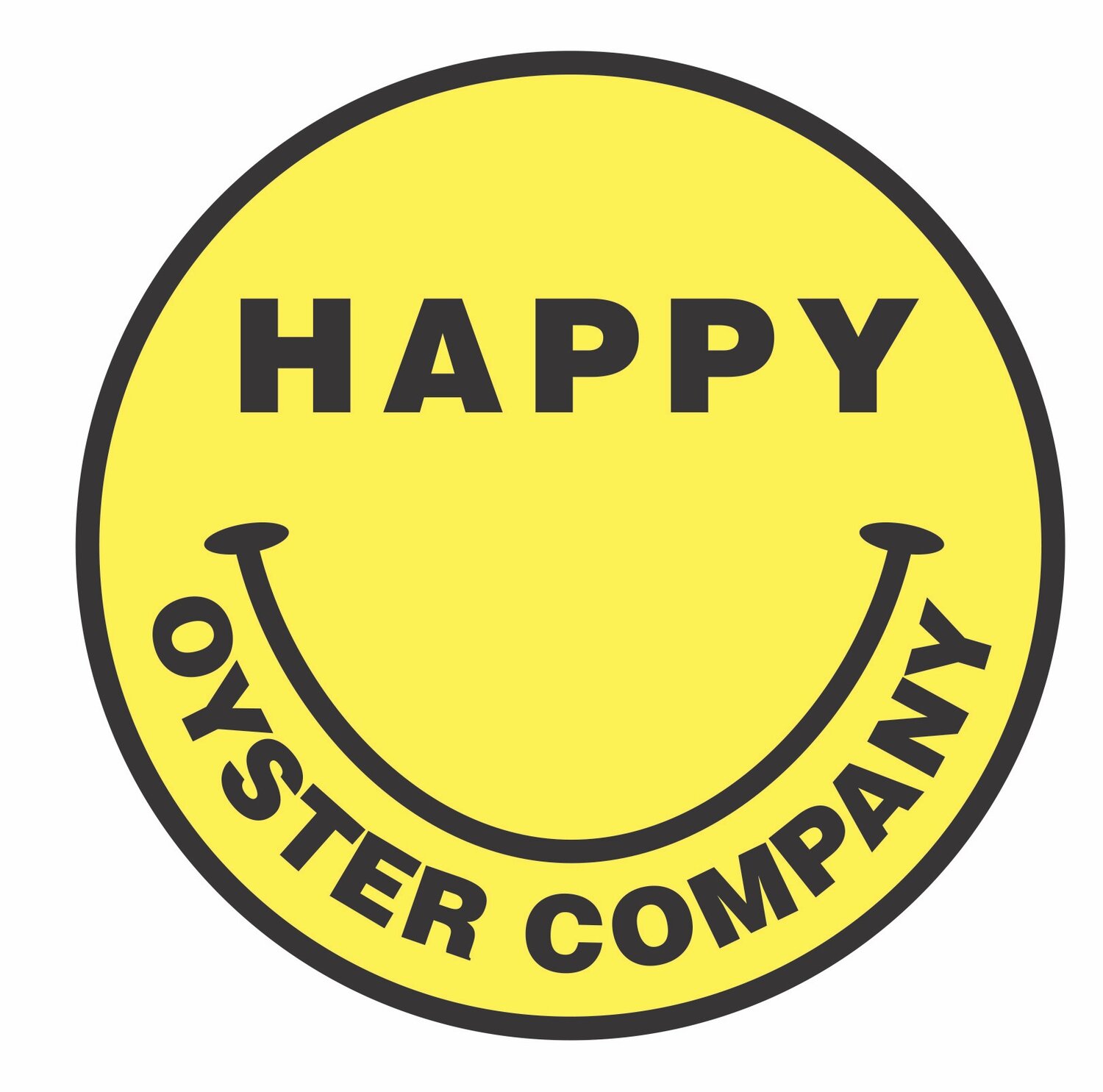The Efficiency Of Local Oysters
Local oysters at work in the Peconic Estuary
Local oyster farms are part of the ongoing movement to protect the bay waters of Peconic Estuary.
A fragile marine habitat and irreplaceable natural resource on eastern Long Island, NY, Peconic Estuary is nationally recognized for its economic and environmental importance.
East Enders depend upon the Peconic Estuary
Peconic Estuary is vital to the distinctive wildlife that have adapted to its singular mix of fresh and salt water. Birds, fish, marine animals and organisms are significantly affected by the quality of bay waters. On a human scale, the estuary is deeply valued for commercial and recreational activities, as well as simple opportunities to enjoy and study nature. Healthy water quality is critical to these activities, as well.
Peconic Estuary
Where freshwater meets saltwater, this delicate estuarine environment is sheltered between the north and south forks (the fishtail) of eastern Long Island, NY. The red buoy in Great Peconic Bay on the map is us, the Happy Oyster Company
Local Oysters
Help sustain healthy water quality by filtering bay waters as they nourish themselves.
Oysters Love To Eat
Oysters live their entire lives underwater. Rather than travel or forage, they hunker down and order in.
Food, in the form of plankton, algae, marine organisms and whatever else a Long Island oyster fancies, comes to them.
As filter feeders, oysters use their gills to draw and filter water for suspended particles of marine biota. A single oyster can filter up to 50,000 gallons of water a day.
Our winter morning commute in Great Peconic Bay.
An Oyster Farmer’s Role
Happy Oyster Company is one of three oyster farms working the Great Peconic Bay, the western bay waters of Peconic Estuary, through Peconic Baykeeper.
We, along with Sebonac Inlet Oyster Farm and Deep Black Oyster Company, lease our underwater plots through the baykeeper’s Commercial Oyster Aquaculture Program.
This program’s wholistic approach supports water quality by employing bay water natives (oysters, specifically Crassostrea Virginica,) do what they do, naturally.
Being Long Island aquaculture farmers, we raise C. Virginica, a true, edible oyster for the raw, half-shell market. And we are both lucky and glad to be doing eco-service.
Our farm-raised oyster SMILES keep us in business by being delicious. At the same time, in their own small way, they work to sustain swimmable and fishable bay waters.
National Estuaries Week
As National Estuaries Week wraps up (Sept 19-25 in 2021) the time seems appropriate to express our gratitude for being able to be part of, in a small way, for sure, to sustain this delicate balance of human and marine life.
The Peconic Estuary System includes more than 100 bays, harbors, embayments and tributaries, according to the NY Department of Environmental Conservation. The surface water acres number more than 158,000, and 125,000 land acres, according to the Peconic Estuary Partnership (PEP.)
A Special Place
Cited as one of the “Last great places in the Western Hemisphere,” by the Nature Conservancy, Peconic Estuary has been deemed an “Estuary of National Significance,” by the U.S. Environmental Protection Agency.
Partially enclosed by twin forks of land, the estuary is spared the intensity of major storms. Tides flow in and out of protected bay waters without extreme wind and waves.
Estuary waters have been called brackish due to reduced salinity as fresh water from rivers and streams merges with salt water from oceans, seas, or, in our location, Long Island Sound.
A guiding hand in the water quality movement is the Peconic Estuary Partnership . This cooperative collaboration of local, state, federal governments, public and private sectors, individuals, environmental groups, schools, and academic institutions PEP reaches into the grass roots level.
Resources
Learn more about the significance of Peconic Estuary, Peconic Bay Watershed, and other nationally essential estuaries, as well as comprehensive programs, strategies, funding, and resources to sustain and restore them.
US Dept. of Environmental Protection National Estuaries Program
NOAA Coastal Managment National Estuarine Research Reserves
The National Estuary Program Story Map

